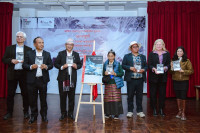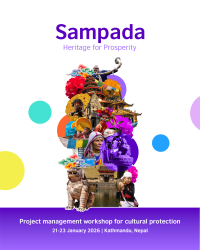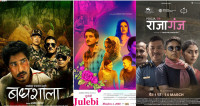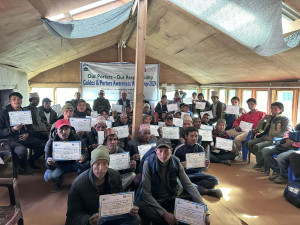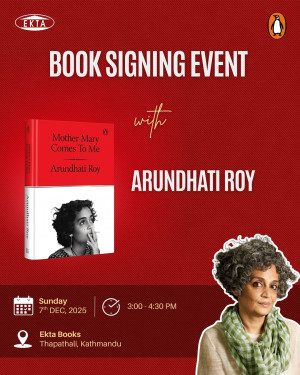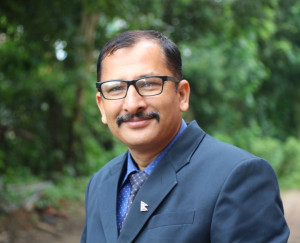Culture & Lifestyle
For Nepal’s emotion-driven internet, outrage is the new normal
Once a hub for open dialogue and creative expression, the social media landscape is now defined by emotional extremes, public shaming, and digital fatigue.
Reeva Khanal
When a clip from Paradygm TV’s video went viral last month, it sparked a digital storm. In the episode, guests invited by Paradygm made some remarks on cricketer Sandeep Lamichhane, and it quickly divided the online audience.
Comment sections filled with fierce exchanges—some defending the host, others accusing them of insensitivity. Within hours, the clip invited a clash of opinions, insults, and moral posturing.
Such incidents are becoming increasingly familiar across Nepal’s digital sphere. Social media, once hailed as a democratic platform, has evolved into a realm of constant conflict and emotional exhaustion.
The promise of open dialogue is fading, replaced by public bashing and polarised debates where users are either for or against everything. As viral trends shift by the minute and outrage fuels engagement, nuance has become absent from the conversation.
After Lamichhane’s controversy, Mayor Balen Shah’s viral Facebook post also sparked fresh debate. A few months back, when singer Eleena Chauhan and Samikshya Adhikari exposed abusive messages they received on social media, their cases ignited widespread debate. Many users condemned the harassment, but others justified the abuse, turning the issue into yet another online battleground.
In July 2025, a person was even arrested for posting offensive comments on Chauhan’s social-media posts—a reminder of how quickly “harmless” commentary can escalate into intimidation and threats.
The endless stream of emotionally charged and divisive content often leads to stress and manipulation, contributing to anxiety, aggression, and emotional fatigue. According to psychologist and psychotherapist Sabina Giri, founder of The Healer Nepal, “The human brain, especially during adolescence and young adulthood, is highly sensitive to emotional stimuli. When negativity dominates one’s digital environment, it continuously triggers the body’s stress response, weakening empathy and creativity over time.”
Online political and social debates often escalate into hostility, leaving many young users disillusioned about the nation’s system. “When young people lose trust in dialogue and see aggression as the only language of visibility, it affects not only their mental health but also their hope,” Giri explains. This disillusionment is reflected in the growing desire among youths to migrate abroad—a form of emotional escape from systemic frustration.
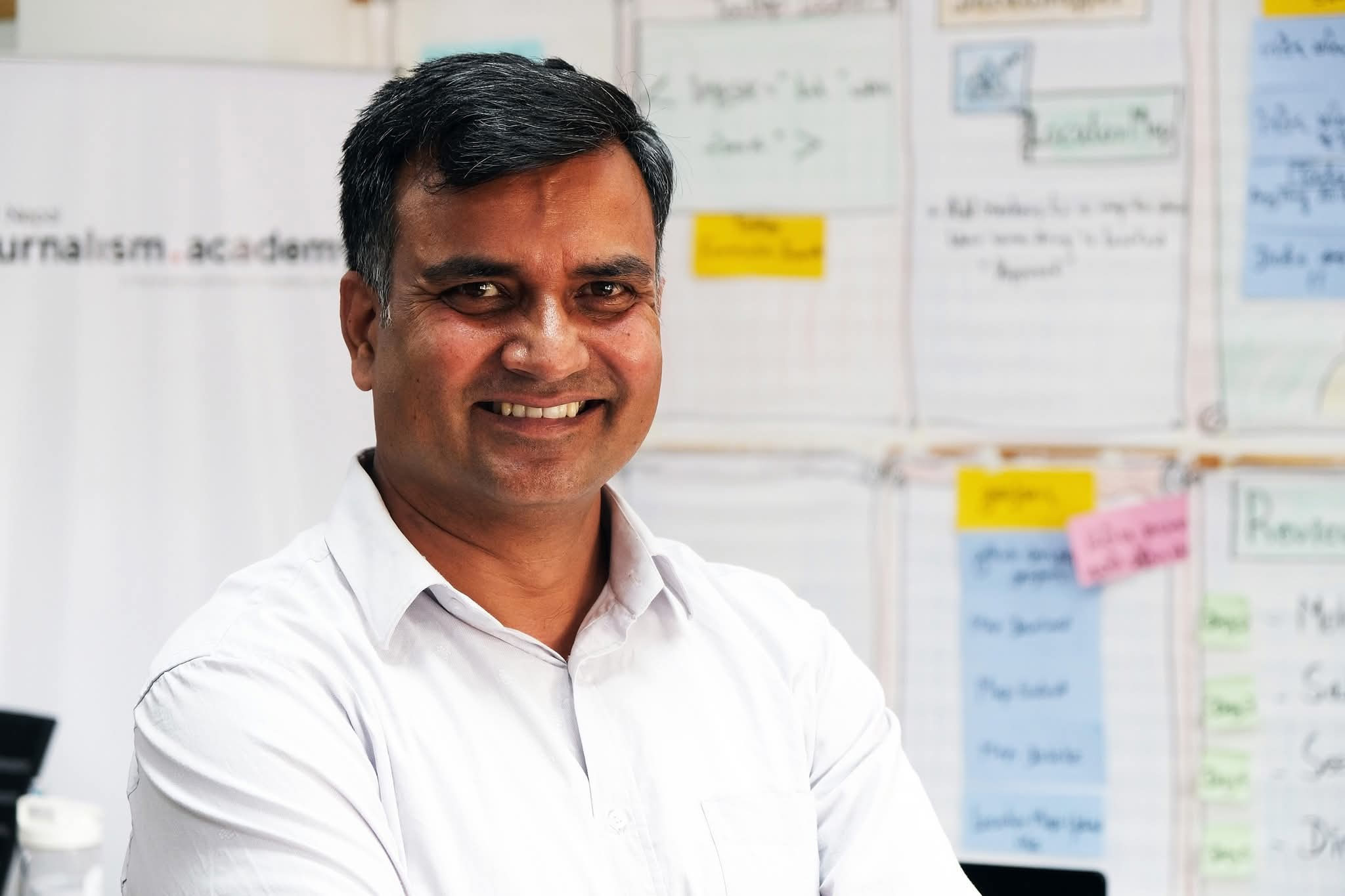
For many young users, the digital world is both empowering and exhausting. Sakshi Bhattarai, an undergraduate student of Media Studies, first joined X (previously known as Twitter) in 2019, drawn to its promise of open conversation and exchange of ideas. Back then, she would frequently engage in debates, reply to comments and follow trending discussions. However, lately, she has not paid much attention to discussions and comments, as platforms have become increasingly chaotic and polarised.
Reflecting on the recent Paradygm TV controversy, she says these incidents “show how quickly social media can turn into a battlefield of moral judgment,” dividing users into rigid camps of for or against. The emotional impact of such content, she admits, can be overwhelming. Consuming distressing news—from the recent Gen Z protests in Nepal to global warfare—has left her anxious and mentally drained.
At the same time, Bhattarai believes there is also a growing sense of solidarity online, where users “stand up for one another” and form communities rooted in empathy and mutual support. Yet, she argues that stronger media laws are urgently needed to address the rising tide of online harassment, bullying, and misinformation. “Digital spaces must feel safe,” she adds, “because for our generation, they are no longer separate from real life.”
Ujjwal Acharya, a journalist, media researcher and director at the CMR Nepal Journalism Academy, argues that social media in Nepal has travelled a long arc—from being “a platform for open dialogue” to now becoming a terrain of bitter polarisation and emotional conflict. He notes that in the early 2010s, Nepalis embraced blogs and social networking as tools of public discourse, but adds that the growth in social-media users—combined with engagement-driven algorithms and the rise of politically motivated malicious actors—has turned the space “dirtier”.
Despite this, Acharya is clear that the platform’s potential remains: “Social media still provides an excellent platform for citizens to express themselves on issues that matter,” he says, emphasising that reform rather than rejection is the path forward.
He goes on to highlight the crucial role of media and information literacy (MIL) in curbing harmful online dynamics. Without these skills, users may be unaware that a shared post or comment can have a ripple effect far beyond its origin. “In Nepal,” he observes, “we have never traditionally included MIL in our education system—consequently, a large part of the population lacks the critical tools needed to navigate social media wisely.”
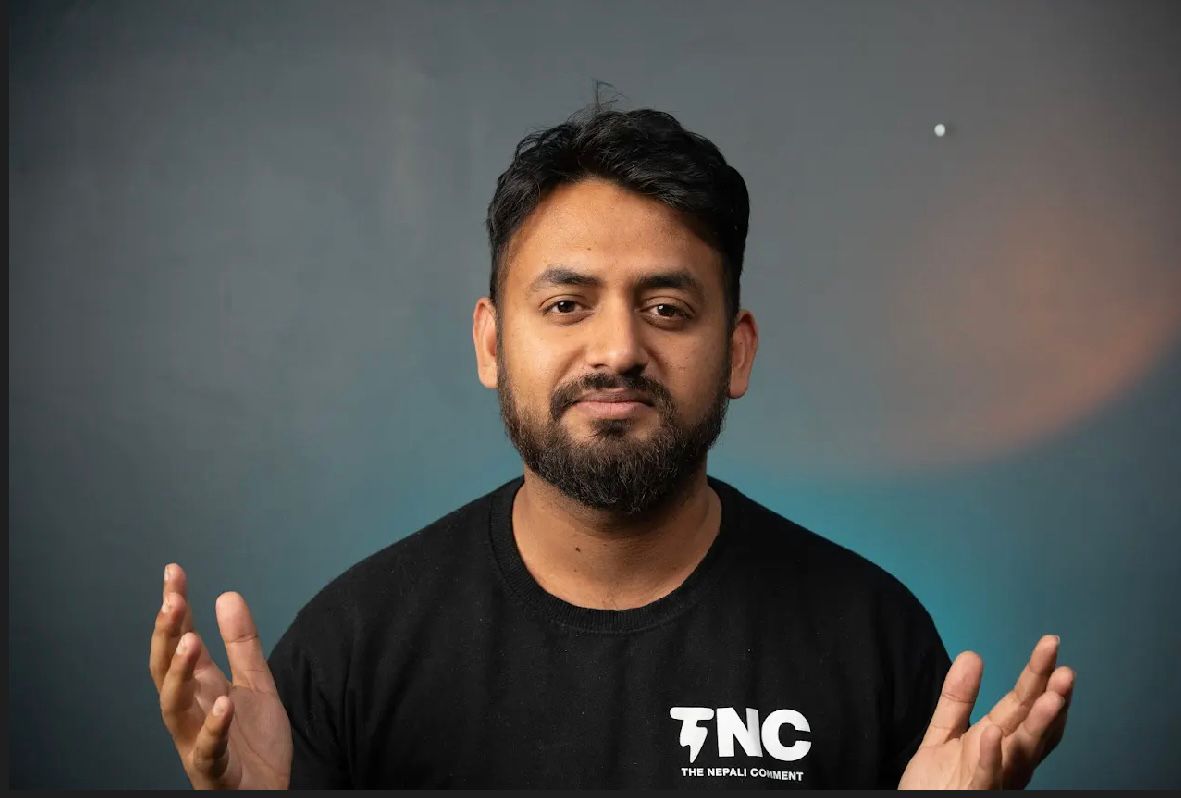
Acharya also draws attention to the pressure on journalists created by “digital bashing” and online trials, noting that increased self-censorship or aggressive content creation both undermine freedom of expression and the integrity of journalism. He suggests that media institutions should lead by strengthening MIL, debunking misinformation and advocating for greater accountability. At the same time, regulators must ensure policies are in place to protect users’ rights without stifling legitimate discourse.
His final advice for young users is built around “three behaviours: critical thinking, digital detox, and compassion”—urging them to analyse before sharing, strike a healthy balance online and offline, and practise empathy even in the face of hostility.
For digital commentator Dipesh Tripathi, the online world is a mirror of Nepal’s shifting public discourse—vibrant yet volatile. As the host of The Nepali Comment, Tripathi has spent years navigating conversations that span politics, pop culture, and public accountability. But behind the content lies a sobering observation: “Everyone wants to have a voice, but not everyone wants to listen.”
He describes Nepal’s current social-media climate as a mix of curiosity, chaos, and insecurity—a space where dialogue often gives way to outrage. “We’re not discussing ideas anymore,” he reflects. “It’s less about understanding and more about winning.” For Tripathi, the digital sphere rewards emotional reactions over thoughtful nuance, with algorithms amplifying what provokes the strongest responses—anger, sarcasm, or identity-driven narratives.
Tripathi admits that his own visibility comes with a price. Hostility, trolling, and online bashing have become almost routine. “Some of it is personal, some comes through comments or DMs, and sometimes even phone calls,” he shares. While he’s learned not to take it personally, he also acknowledges the toll: “You can’t control how people speak—only how you respond, and how much space you allow them to occupy in your head.”
He reminds the next generation of storytellers to return to what matters—authenticity and intent. “Focus on why you create, not who criticises. Take breaks and talk to real humans,” he says. “Because the more we remember the world beyond the screen, the better we’ll understand the one inside it.”




 8.12°C Kathmandu
8.12°C Kathmandu

